How to Give Pets Medication: Pills and Liquid Medication
Giving medicine to your furry friend can be a daunting task. Many pets resist taking pills, capsules, or liquid medication, leading to stress for both animals and owners. However, with the right techniques and a little patience, you can make medication time less stressful and more successful.
This guide will explore various approaches for administering medication, offer tips to make the process positive, and provide insights on when to seek professional assistance from your veterinarian.
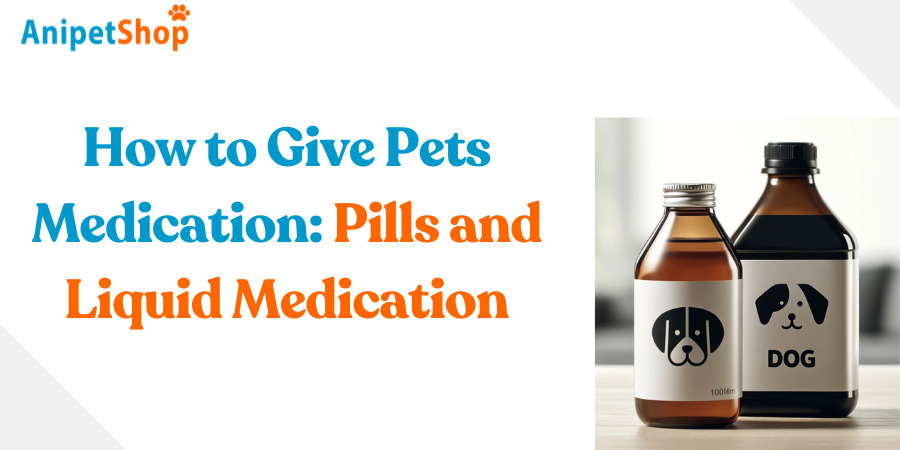
Techniques for Giving Pills to Cats and Dogs
Hiding the Pill in Food
This method works by disguising the pill as a tasty treat, tricking your pet into swallowing it along with the food. Some of the best options for hiding pills in food include canned food, peanut butter, and pill pockets. These options can be effective in masking the pill’s taste and texture, making it easier to administer medication to your beloved pets.
Many pet owners opt for this method because of several benefits:
- Easy to administer: Hiding pills in food is often easier than other methods like pilling directly because many people find it difficult to control their pets.
- Can be effective: Many pets readily accept pills hidden in food, especially if they enjoy the treat used.
- Versatile: You can use a variety of foods to hide pills, catering to your pet’s preferences.
However, there are some drawbacks to hiding the pill in food:
- Not always successful: Some pets may detect the pill and refuse to eat the treated food.
- Variable absorption: Depending on the type of food used, the pill may not dissolve or be absorbed as effectively as when given directly, potentially affecting its efficacy.
- Caloric intake: If using high-calorie treats like peanut butter, be mindful of your pet’s overall diet to avoid excessive calorie consumption.
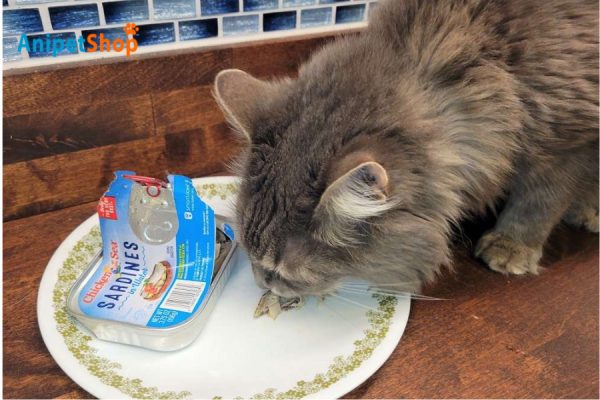
Administering the Pill Directly
For this method, gently restrain your pet by wrapping your non-dominant arm around their chest or having a helper hold them. Tilt your pet’s head back slightly, and:
- For cats: Use your thumb and index finger to gently open the lower jaw.
- For dogs: Use the same technique or place your thumb on one side of the mouth and your other fingers on the other side.
Quickly place the pill as far back on the tongue as possible to trigger the swallowing reflex. Hold your pet’s mouth closed for a few seconds and gently stroke their throat to encourage swallowing. Blowing lightly on their nose or rubbing their throat can also help. Here are some tips for this method:
- Stay calm: Pets can sense when you’re stressed, so try to remain calm and composed throughout the process.
- Be patient: If your pet is resistant, take breaks and try again later rather than forcing the pill into their mouth.
- Reward afterward: After successfully administering the pill, offer praise and a treat to reinforce positive behavior and help build trust.
- Practice makes perfect: Practice administering pills to your pet regularly, even when they are not taking medication, to help them become more comfortable with the process.

Give meds before mealtime
Some medications are best administered before mealtime for several reasons. One of which is that a pet’s empty stomach allows the medication to be absorbed directly into the bloodstream without competition from food. This is crucial for medications that need to enter the bloodstream quickly to work effectively. Food can slow down absorption or even interfere with how the medication interacts with the body. The optimal timing for administering medication before meals can vary depending on the specific medication and its instructions. Some medications may need to be given a certain amount of time before eating to allow for proper absorption, while others may need to be taken with food to prevent stomach irritation. Therefore, you should always consult your veterinarian for the most accurate instructions regarding the timing of your pet’s medication.
Using a Pill Popper
A pill popper is a handy tool designed to assist pet owners in administering medication to their beloved pets. It typically consists of a long plastic or rubber tube with a plunger mechanism at one end. The pill popper works by securely holding the pill in place within the device, allowing owners to position it at the back of their pet’s throat without using their fingers.
Using a pill popper is a great method due to some advantages:
- Reduce the risk of bites: Using a pill popper keeps your fingers at a safe distance from your pet’s mouth, reducing the risk of accidental bites or scratches, especially if your pet is anxious or aggressive when taking medication.
- Safer for squirmy pets: Some pets can be quite wiggly or resistant when it comes to taking medication. A pill popper provides better control and stability, making it easier to administer the pill quickly and efficiently, even if your pet is squirming or moving around.
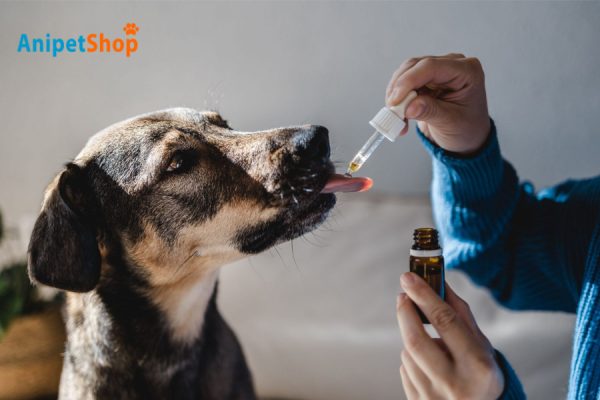
Ask your vet for advice
You should always consult your veterinarian for the most appropriate way to administer medication to your pet. They can consider several factors to provide the best guidance:
- Type of Medication: Different medications have varying absorption rates and may require administration on an empty stomach or with food. Your vet will advise on the ideal timing and method based on the specific medication.
- Your Pet’s Individuality: Some pets are more comfortable taking pills hidden in food, while others may require a direct approach. Your vet can advise on the best technique based on your pet’s temperament and history.
- Your Comfort Level: Be honest with your vet about your comfort level with handling medication. They can provide alternative methods or even demonstrate techniques to ensure you feel confident in administering the medication correctly.
Tips for Giving Liquid Medication to Pets
Using a syringe or dropper allows for precise measurement and controlled administration of liquid medication. Aim for the side of your pet’s mouth between the cheek and teeth. Here are some strategies:
- Dealing with squirmy pets: If your pet is particularly squirmy or resistant, try to stay calm and patient. Gently but firmly hold their head still while administering the medication. It may help to have someone assist you by holding your pet’s body steady.
- Making medicine more palatable: Some medications can have a bitter taste that pets may resist. If your veterinarian approves, you can try mixing the medication with a small amount of a palatable liquid, such as broth or flavored syrup, to make it more appealing to your pet.

What to Do If Your Pet Spits Out the Medication
If your pet spits out their medication, the most common scenario that many pet owners encounter is panic. First, you should take a deep breath and remain calm while you address the situation. After that, you assess whether any of the medication was ingested. If a small amount is missing from a pill or there’s a little less liquid in the syringe, they may still have received enough for it to be effective. You can also consider trying a different method of administering the medication. If you were using a pill pocket or hiding the pill in food, you might try a different treat or food item that your pet finds more appealing. Alternatively, if you were giving liquid medication, you could attempt to administer it again using a syringe or dropper, aiming for a different spot in your pet’s mouth.
if the dosage of the medication is unclear due to your pet spitting it out, here are some ways to address it:
- Do not re-administer: If you’re unsure whether your pet swallowed any of the medication, especially if the dosage is unclear, do not re-administer it. Overdosing can be dangerous.
- Contact your veterinarian immediately: If multiple attempts are unsuccessful or your pet seems distressed, don’t hesitate to contact your veterinarian. They can advise on alternative methods or techniques best suited to your pet’s specific needs and the medication itself.
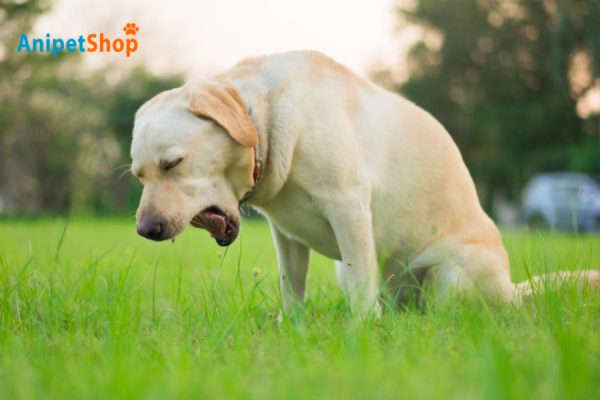
What should you pay attention to when giving medicine to dogs?
When giving medicine to dogs, there are several important factors to pay attention to:
- Dosage: Always ensure that you are administering the correct dosage of medication. Use the measuring device provided with the medication or a syringe to accurately measure the correct amount.
- Administration method: Follow the instructions provided by your veterinarian for the specific medication you are giving to your dog. Whether it’s hiding a pill in food, using a pill popper, or administering liquid medication with a syringe, make sure you understand the proper technique for administering the medication safely and effectively.
- Timing: Pay attention to the timing of medication administration, especially to meals. Some medications may need to be given on an empty stomach, while others should be given with food to minimize stomach upset. Follow your vet’s instructions regarding when and how often to give the medication.
- Observation: Keep an eye on your dog after giving them medication for any signs of adverse reactions or side effects. These can include vomiting, diarrhea, lethargy, difficulty breathing, or any other unusual symptoms. If you notice any concerning signs, talk to your veterinarian immediately.
- Consistency: Stick to the prescribed medication schedule and complete the full course of treatment, even if your dog starts to feel better before the medication is finished. Skipping doses or stopping treatment prematurely can lead to incomplete recovery or antibiotic resistance.
- Storage: Properly store medications out of reach of your dog and follow the instructions on the label. Some medications may need to be refrigerated, while others should be kept at room temperature. Ensure that medications are securely sealed to prevent accidental ingestion by your pet.
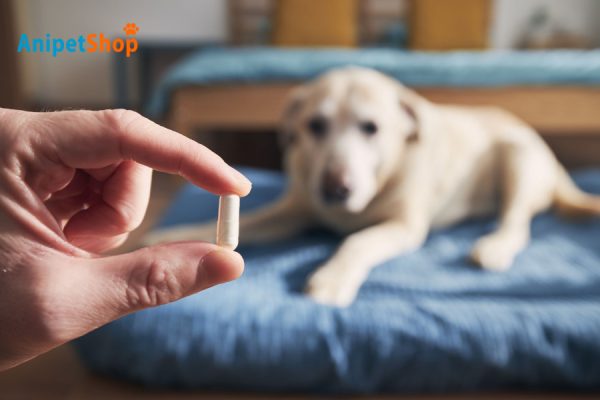
Special Considerations
Medicating pets can be challenging, especially when dealing with resistant or difficult cats or dogs. Whether they are unwilling to take pills, reject medication hidden in food, or become anxious during administration, finding effective strategies is essential for ensuring their health. The next part is to explore techniques to help pet owners successfully medicate their beloved pets and some alternative medication forms.

Medicating Difficult Cats or Dogs
When dealing with pets that are resistant to medication, it often requires creativity and patience to successfully administer treatment. Enlisting a trusted helper allows one person to gently restrain your pet while the other focuses on administering the medication. For cats, the towel wrap technique can be particularly useful. This involves gently wrapping the cat in a towel, leaving only their head exposed, which helps to provide gentle restraint and minimizes the risk of scratches or bites. By utilizing these techniques, pet owners can navigate the challenges of medicating resistant pets more effectively while prioritizing their health and well-being.
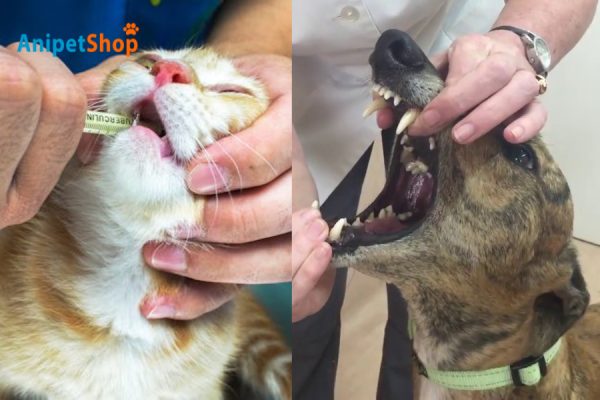
Alternative Medication Forms
Topicals, chewables, and injectables provide valuable alternatives for administering medications to pets, addressing various health concerns, and accommodating their specific needs. Topical treatments, such as creams, ointments, and sprays, are often used to manage skin conditions, infections, or localized pain in pets, offering targeted relief without the need for oral ingestion. Chewable medications, available in forms like flavored tablets or soft chews, are favored for their palatability and ease of administration, particularly for pets reluctant to take pills. Injectable medications, including subcutaneous or intramuscular formulations, allow for precise dosing and rapid onset of action, making them suitable for emergencies or situations where oral absorption may be compromised. These alternative delivery methods offer pet owners and veterinarians flexibility in managing their pets’ health while ensuring effective treatment outcomes and enhanced compliance.
Making Medication Time Positive
Treats, praise, and maintaining a stress-free environment are crucial elements in nurturing positive experiences for pets. Offering treats as rewards during training sessions reinforces desired behaviors and strengthens the bond between pet and owner. Similarly, verbal praise and affection serve as powerful motivators, encouraging pets to continue exhibiting desirable actions and fostering a sense of security and trust. Moreover, creating a stress-free environment minimizes anxiety and enhances the overall well-being of pets, promoting relaxation and emotional stability. Whether it’s during training, veterinary visits, or daily interactions, prioritizing treats, praise, and a calm atmosphere helps to cultivate a positive relationship with pets, contributing to their happiness and overall quality of life.
Conclusion
Giving pets medication could be challenging for pet owners. However, by understanding the preferences, using the right techniques, and exploring alternative forms when available, you can make medication time a more positive experience for your pets. Remember to consult your veterinarian for guidance on the most appropriate method for your pet’s specific medication needs. With a little patience and these helpful tips, you can ensure your pets receive the care they need to stay healthy and happy.
FAQs
What is the vet technique to give a dog a pill?
To give a dog a pill using the vet technique, first, prepare the pill and have it ready. Position yourself next to your dog in a calm environment, ensuring they are relaxed. Hold the pill between your thumb and index finger. Use your other hand to gently open your dog’s mouth by placing your thumb on one side of the upper jaw and your fingers on the other side. Quickly place the pill as far back on the tongue as possible. Close your dog’s mouth and gently stroke their throat or blow lightly on their nose to encourage swallowing. Follow up with praise and a treat to create a positive association.
What is the best way to give a dog medicine with a syringe?
Giving a dog medicine with a syringe is an effective method, especially for liquid medications. Here are some steps to tackle:
- Prepare: First, you will need medication, a properly measured dose in the syringe (check for air bubbles), a towel (in case of spills), and a favorite treat for your dog. Moreover, having another person hold your dog can be helpful, especially for larger or wiggly pups.
- Find a comfortable spot: Sit on the floor or have your dog on a stable surface like a table. Ensure your dog is relaxed but still enough for you to administer the medication.
- Secure your dog: Gently hold your dog by the leash or collar for control but avoid squeezing their neck.
- Position the Syringe: With one hand, lift your dog’s lip slightly, revealing the pocket area between the cheek and canine teeth. Insert the syringe tip gently into this pocket, aiming for the back of the mouth, not the throat.
- Administer the medication: Slowly push the plunger on the syringe, dispensing the medication gradually. Let your dog swallow between squirts.
- Reward: Once finished, offer enthusiastic praise and a reward to create a positive association.
How do I get my dog to open his mouth for medicine?
To get your dog to open its mouth for medicine, use positive association by rewarding them with treats and praise when they open their mouth. Gradually introduce touch training by getting them used to having their muzzle and lips touched, rewarding calm behavior. Introduce a command like “open” while gently lifting their lips, and practice regularly in short sessions, increasing the duration gradually. Consistency and patience are key, and always reward them for cooperating. If needed, consult a professional trainer or behaviorist for additional support.
Lily Watson is an author specializing in veterinary care in Australia. With a profound passion for animal welfare and a solid foundation in veterinary science, Lily has dedicated herself to disseminating valuable knowledge and information for both pet owners and professionals in this field.

